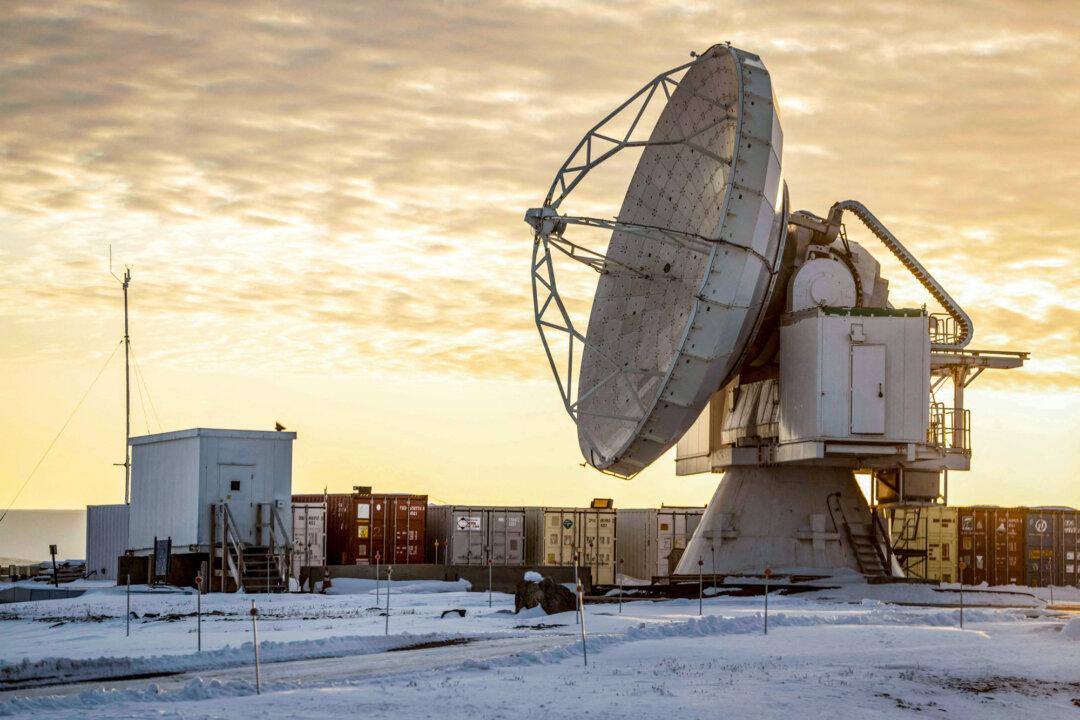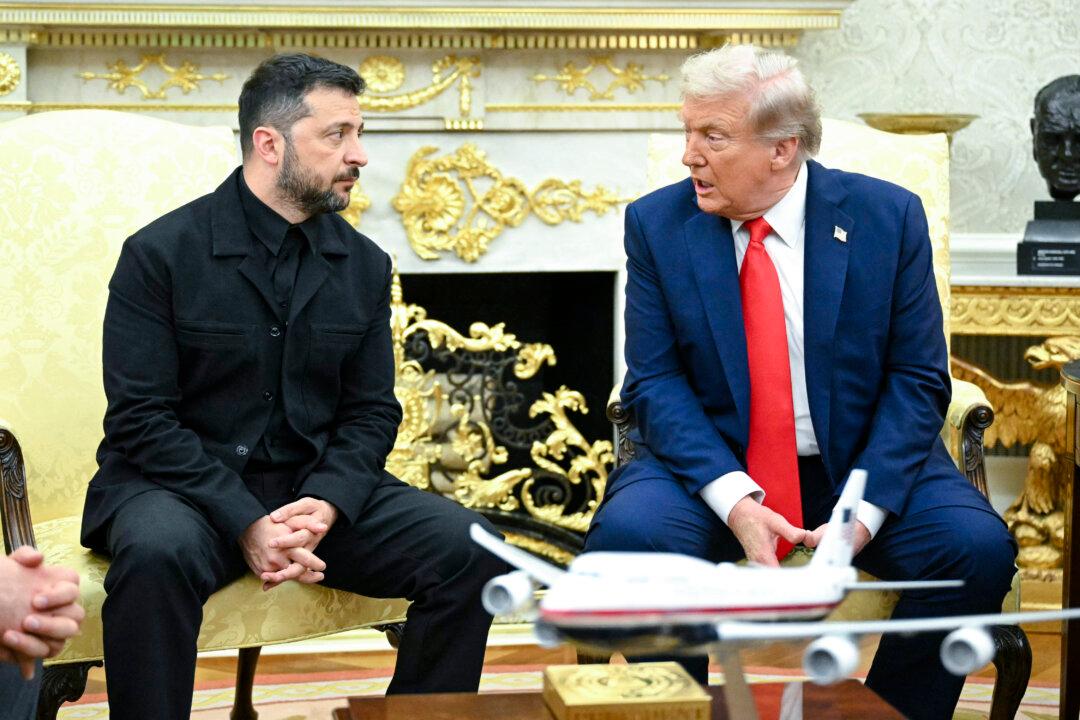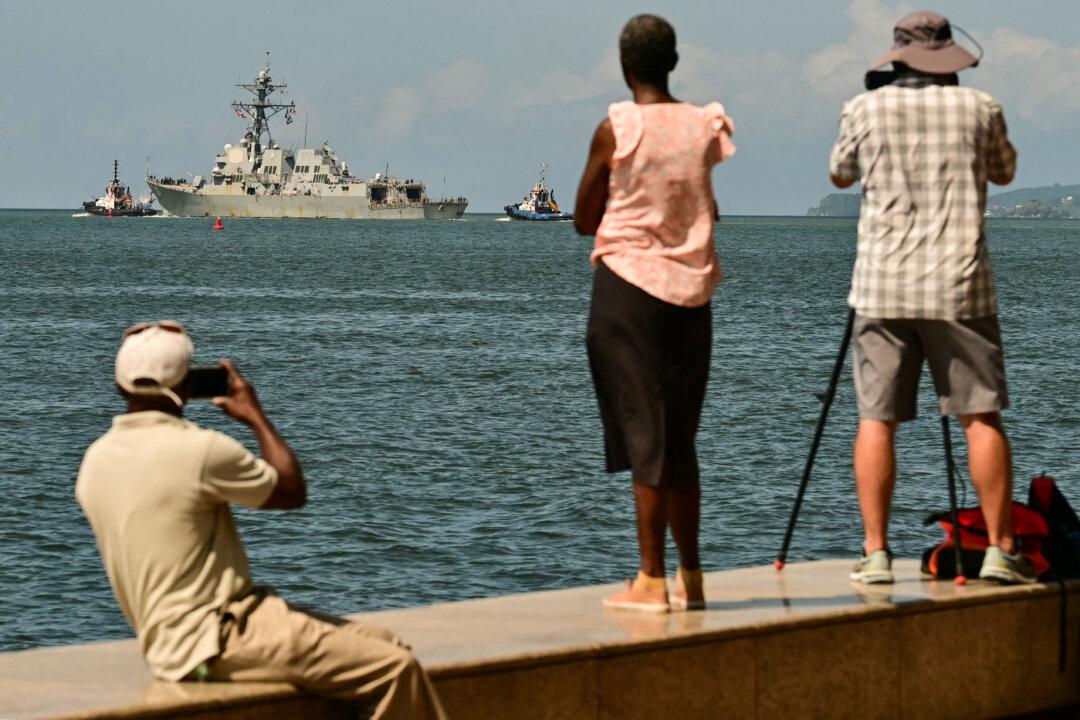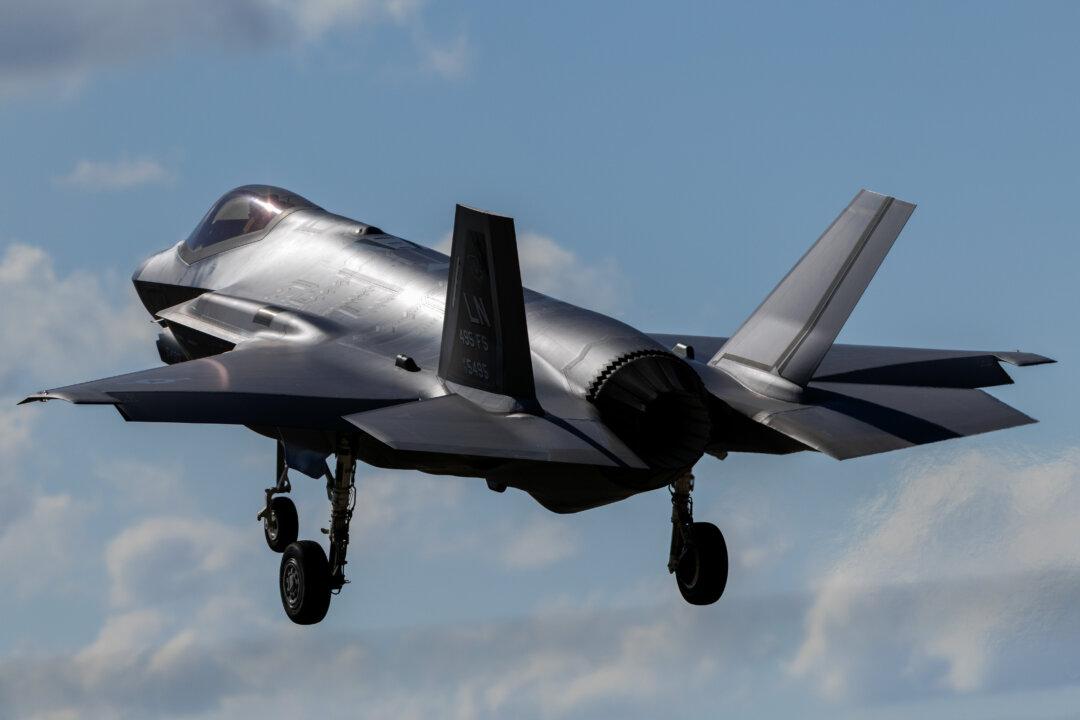Commentary
To the shock of many, President Donald Trump has declared his interest in acquiring Greenland, calling it vital to national security and critical to preempting any attempt by China to gain influence over or control of Greenland. And he has wisely left all options on the table, no matter how unlikely, by declining to rule out economic coercion or force as to acquire it. And China’s great interest in Greenland must not be allowed to morph into what happened with the Panama Canal. Interestingly, a new poll indicates that Greenlanders are very open to becoming part of the United States.





